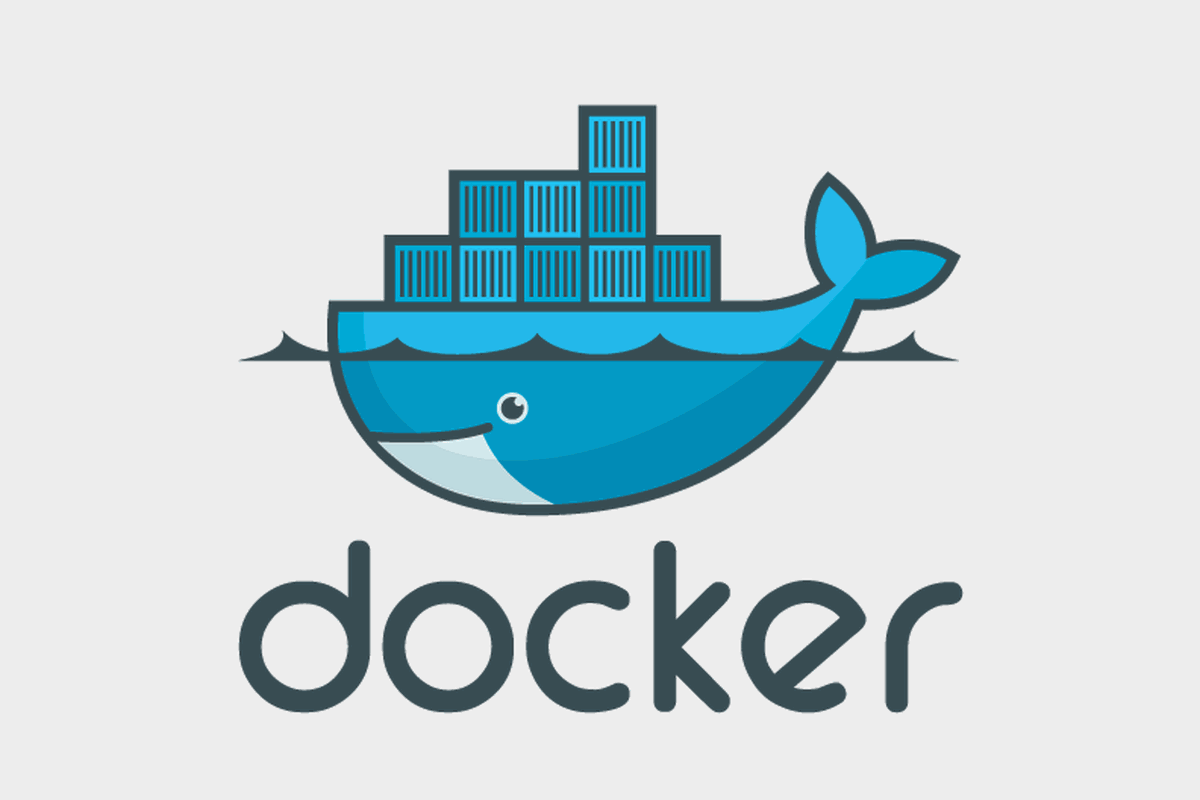Introduction
When getting started with containers, it’s pretty easy to be shocked by the size of the images that we build. We’re going to review a number of techniques to reduce image size, without sacrificing developers’ and ops’ convenience. In this first part, we will talk about multi-stage builds, because that’s where anyone should start if they want to reduce the size of their images. We will also explain the differences between static and dynamic linking, as well as why we should care about that. This will be the occasion to introduce Alpine.
In the second part, we will see some particularities relevant to various popular languages. We will talk about Go, but also Java, Node, Python, Ruby, and Rust. We will also talk more about Alpine and how to leverage it across the board.
In the third part, we will cover some patterns (and anti-patterns!) relevant to most languages and frameworks, like using common base images, stripping binaries and reducing asset size. We will wrap up with some more exotic or advanced methods like Bazel, Distroless, DockerSlim, or UPX. We will see how some of these will be counter-productive in some scenarios, but might be useful in some particular cases.
Note that the sample code, and all the Dockerfiles mentioned here, are conveniently available in a public GitHub repository, with a Compose file to build all the images and easily compare their sizes.
What we’re trying to solve
I bet that everyone who built their first Docker image that compiled some code was surprised (not in a good way) by the size of that image.
Look at this trivial “hello world” program in C:
/* hello.c */
int main () {
puts("Hello, world!");
return 0;
}
We could build it with the following Dockerfile:
FROM gcc
COPY hello.c .
RUN gcc -o hello hello.c
CMD ["./hello"]
… But the resulting image will be more than 1 GB, because it will have the whole gcc image in it!
If we use e.g. the Ubuntu image, install a C compiler, and build the program, we get a 300 MB image; which looks better, but is still way too much for a binary that, by itself, is less than 20 kB:
$ ls -l hello
-rwxr-xr-x 1 root root 16384 Nov 18 14:36 hello
Same story with the equivalent Go program:
package main
import "fmt"
func main () {
fmt.Println("Hello, world!")
}
Building this code with the golang image, the resulting image is 800 MB, even though the hello program is only 2 MB:
#docker #images #image size #multi-stage
